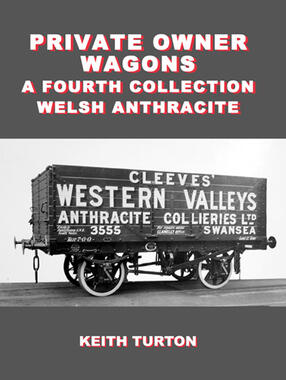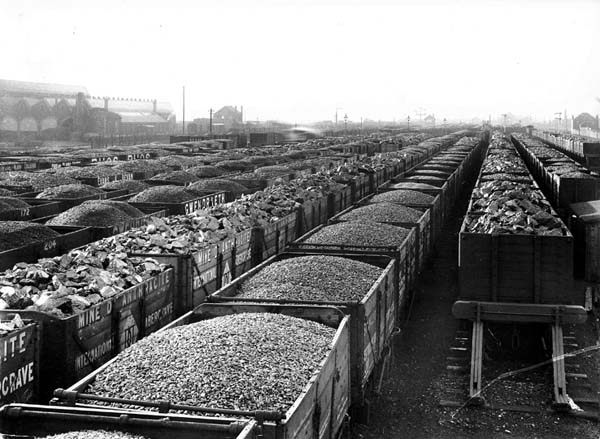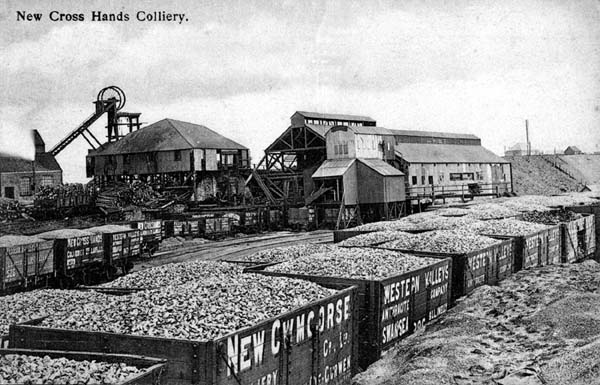Private Owner Wagons : A Fourth Collection

Private Owner Wagons : A Fourth Collection
Keith Turton
184 pages. 275x215mm. Printed on gloss art paper, casebound with printed board covers.
ISBN13 : 9781899889198
£19.95
Keith Turton
184 pages. 275x215mm. Printed on gloss art paper, casebound with printed board covers.
ISBN13 : 9781899889198
£19.95
This fourth volume departs from the format of the first three books in that it deals with the wagons of one particular industry the Welsh anthracite coal trade. Anthracite differed from other Welsh coal in that it was a 'premium' product and much in demand all over the country and abroad. The wagons carrying it could thus be found virtually anywhere on the railway system as well as at the main Welsh anthracite exporting docks such as Swansea. It was also a coal which was mined initially by many small companies who soon fell prey to take-overs and amalgamations leading eventually to the formation of Amalgamated Anthracite Collieries Limited. This volume deals with wagons owned by the collieries themselves, by the colliery agents and coal shippers who dealt in anthracite, and by some of the smaller coal factors and merchants connected with the trade. As in the previous volumes reference is made to where models of the wagons illustrated can be obtained and a full list of sources for the original material used to compile this book is given.


Private Owner Wagons : A Fourth Collection - Sample Images

Another line-up of wagons laden with anthracite awaiting shipment at Swansea. Those filled with graded nuts in the foreground are difficult to identify, except that ‘Ammanford’ and ‘Stanllyd’ s visible on that second from the camera and the third belongs to Thomas T. Pascoe. Those in the next siding are most interesting, they are from the International Colliery at Abercrave, from the short time that it was under the ownership of the French Anthracite Company. They appear to be painted grey with white letters shaded black and are of various origins with variations in the lettering, probably hired. Further along this line is a wagon lettered International from the same colliery. Only two wagons can be identified in the next row, both are from the Gwendraeth Colliery, while those in the next siding have no identifiable markings. In the following row, there are several from Evans & Bevan and further back wagons from Park & Blaina and Rhos. This kaleidoscope emerges from wagons originating from Breconshire, West Glamorgan and Carmarthenshire and located on several different pre-grouping railway companies which eventually formed the Great Western Railway.

o. 331 is a very large convertible 20-ton coke wagon from an order for 200 placed with the Gloucester company in 1929. It is of nine planks (note the very narrow plank second from top) with two doors on each side, each with two door stops, bottom doors and an end door. It is most unusual for the Gloucester company not to declare the wagon livery, instead a comprehensive set of dimensions has been provided: length over buffers 24ft 6in.; length over headstocks 21ft 6in.; inside dimensions: 21ft 0in. x 7ft 6in.; wheelbase 12ft 0in.; height: without coke rails 9ft 3in., with coke rails 11ft 0in.; tare weight without coke rails: 9t. 14cwt 2q., with 9t. 19cwt 3q. The wagons were finished with a red body, unshaded white letters, vertical ironwork black. Italic lettering at bottom right reads: ‘Empty to Bedwas Colliery Sidings, Bedwas, G.W.R.’. GRC&WCo.
